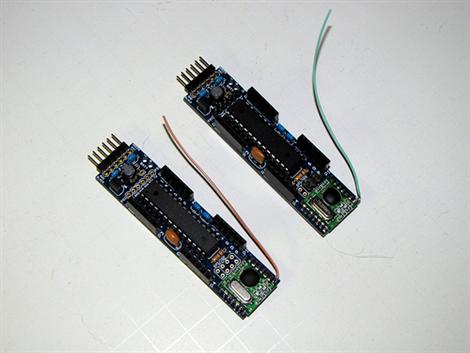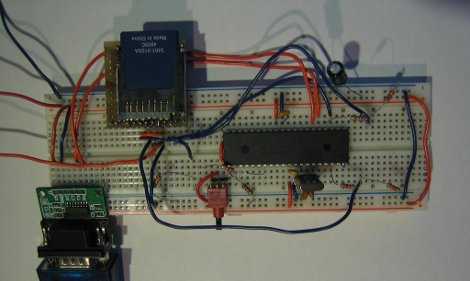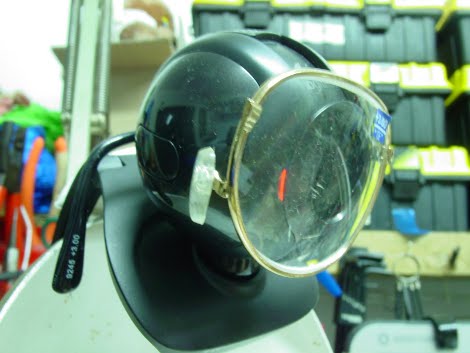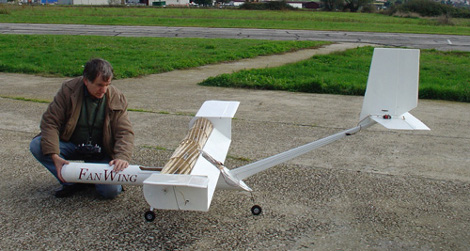[youtube=http://www.youtube.com/watch?v=tCOXC5PTJj8]
This method of book digitization allows you to scan an entire book by fanning through the pages. It uses a high-speed camera that captures 500 frames per second to get a good look at each page. Processing software isolates each pages, analyzes any curve in the paper due to the flipping, and smooths out the image for better optical character recognition results. The greatly reduces the time it takes to digitize a book, even compared to setups that automatically flip pages.
[Thanks Erico]
















